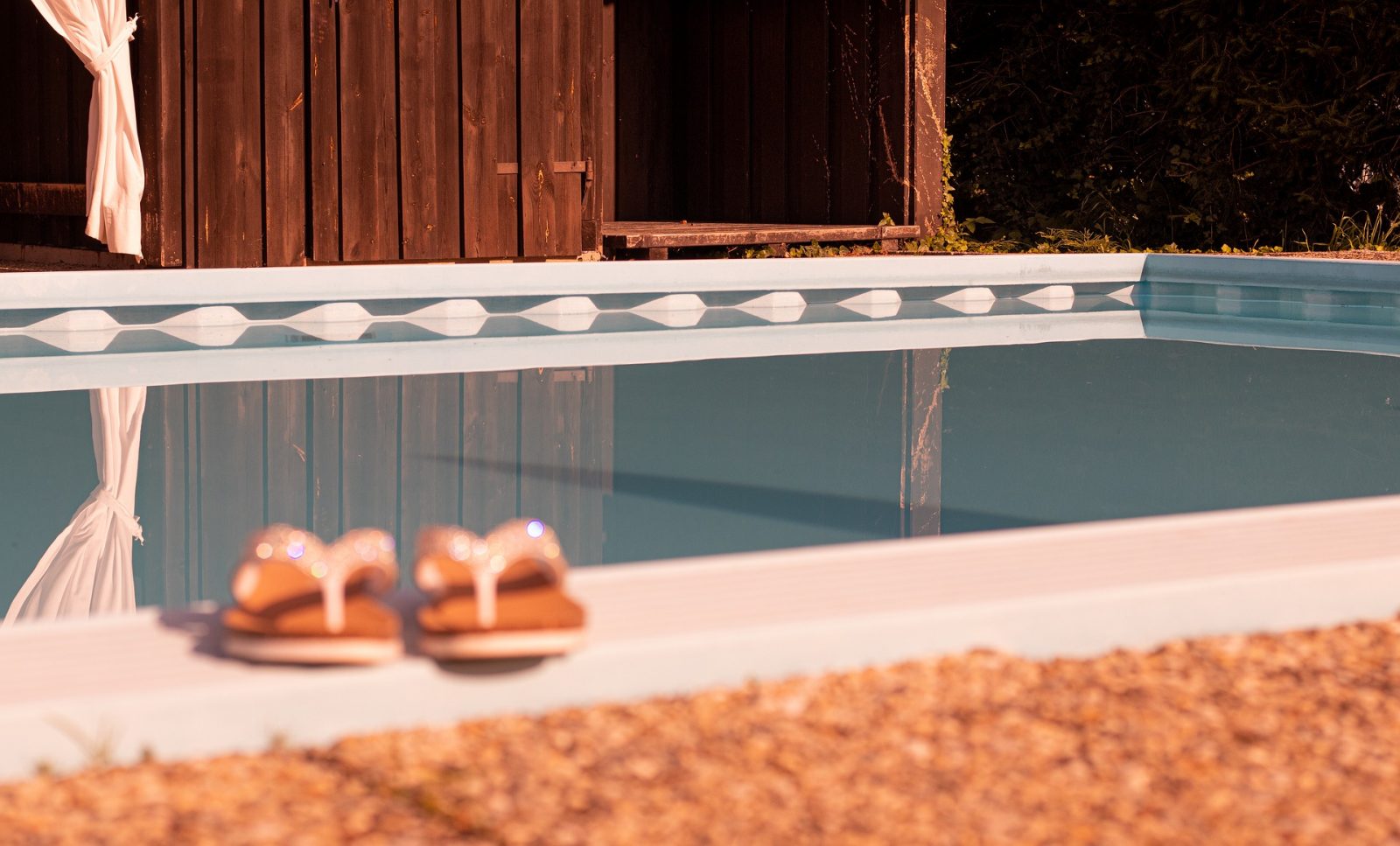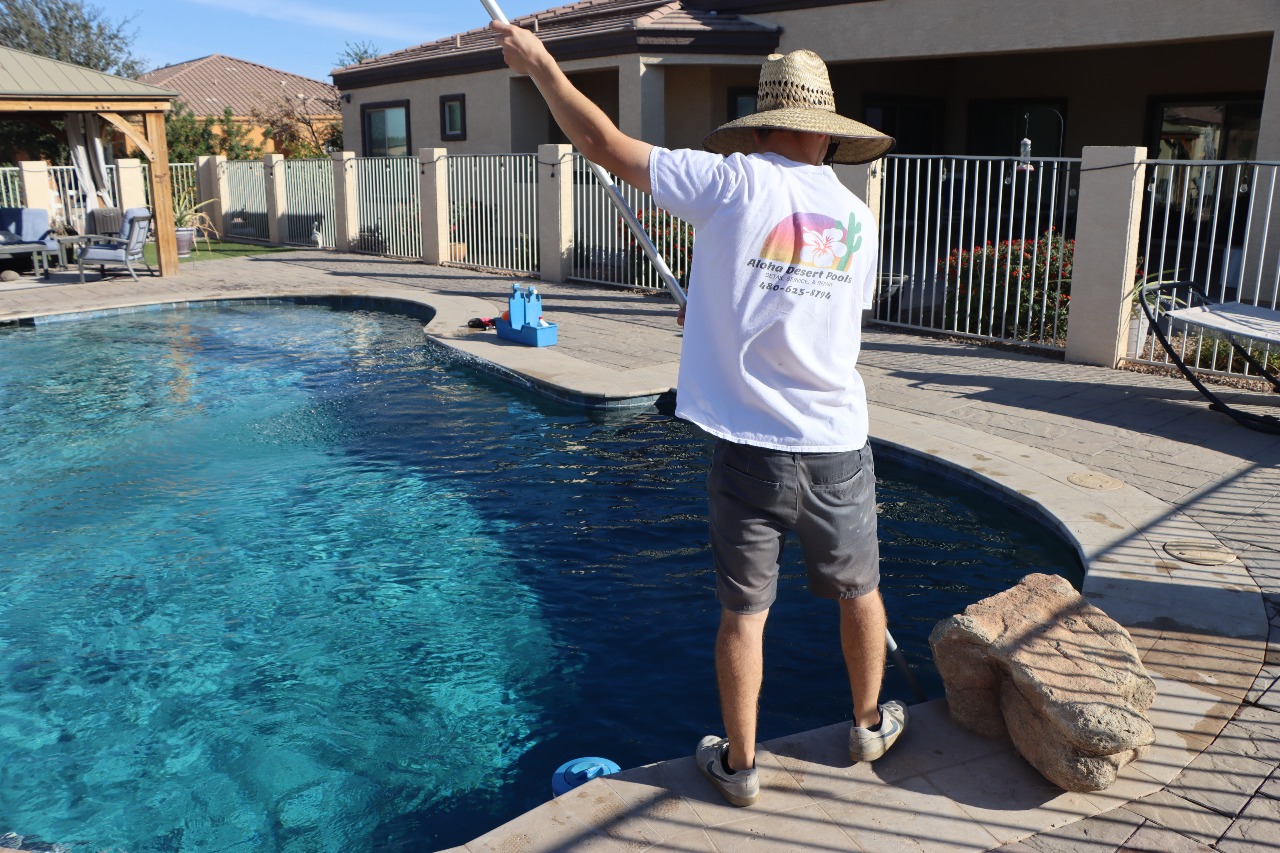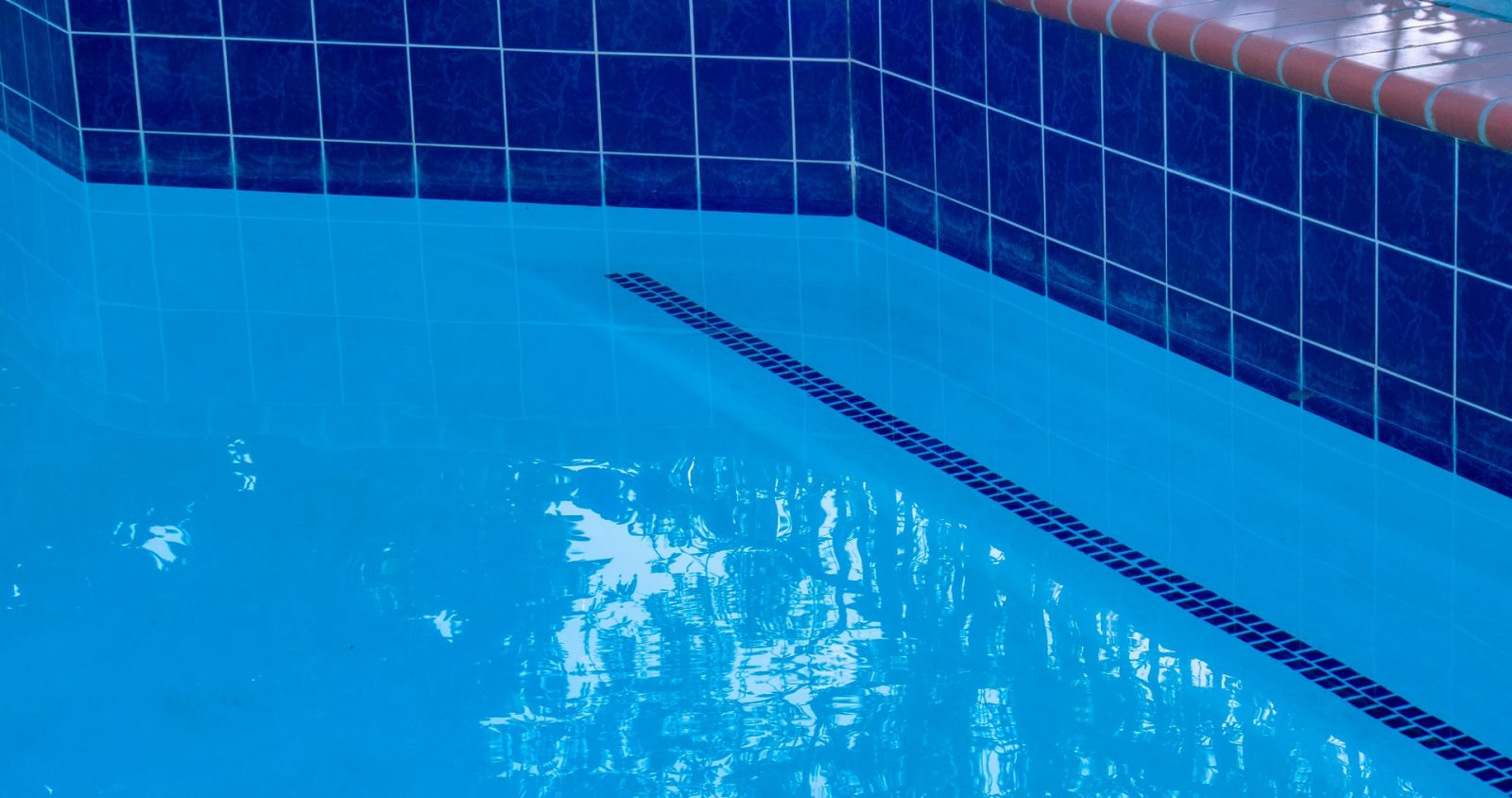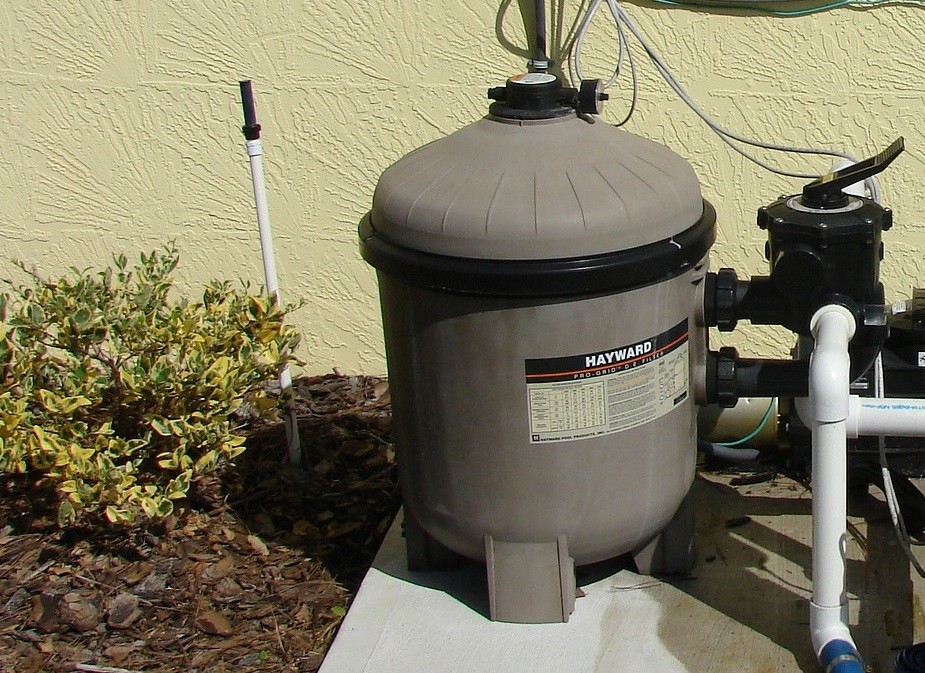When we say pool water level, it simply means it is the water level of your swimming pool. Whatever your pool’s size, the water level is an essential factor that you need to watch out for.
The swimming pool water level should be sitting halfway to your pool skimmer as a rule of thumb. Whatever size your pool maybe, this should be the rule you must follow.
Naturally, your pool loses a small amount of water each day since it evaporates, splashes, and when swimmers get out of the pool. But if there is heavy rain, you should expect that the water level will rise too high.
What if the Water Level Is Too Low?
If your swimming pool water level is below the standard measurement, you will encounter problems. The skimmer will be the first one that will have severe damage.
Your skimmer will also draw air into your pool pump system, which can cause your pump to lose its prime and will ultimately burn your pump out.
Keeping your swimming pool water at its required level will help prevent any damages to your pool system. Once your pool system encounters problems because your water level falls below the required level, you will spend a lot of money on repairs or replacements.
If you notice the water level of your pool is dropping down to the usual level, you should examine your liners and filter piping if there is a sign of leakage.
What if the Water Level Is Too High?

Once your swimming pool water is at a high level, this can still cause a mild threat to your skimmer. Although the impact will not be as severe as a low water level, a high water level will still result in some issues.
One of the problems you will face when having a high water level is that your skimmer won’t work correctly. It also causes debris to float into the wrong places and on the incorrect hoses. As a result, your pool system gets clogged up.
In any case that your pool filter is not functioning, it is up to you if you decide to remove the debris and foliage manually from the water.
Similarly, if you were trying to refill your swimming pool and failed to turn off the hose, the tendency is it will overflow from your pool either in your yard or patio.
The easiest and cleanest way to remove water from the pool is to backwash by setting your filter in the drain setting. It will allow the water back to normal height or level, which is the midway point of the skimmer, and return to regular filter operation.
It is recommended to use a water leveler to ensure that your swimming pool water is at the correct level all the time to avoid any complications on your system.
What Is a Water Leveler
A water leveler is a system that could help maintain the water level of your swimming pool. It is a floating machine that floats around your pool to monitor the water level.
Once the water leveler notices the water levels are getting low at the required usage, the water is automatically added to your pool to reach the desired water level to keep your pool safe.
Furthermore, it is very beneficial for the pool owners to use the water leveler to help them save money and limit the waste of water and electricity. Also, it avoids problems in the future.
Strategies to Remove Water Faster
Siphoning: This is the least preferable method used. You need to build the necessary elevation imbalance and let the water flow through the tube. Here are the steps to follow to do siphoning properly.
- Fill the hose
- Seal it with a nozzle
- Place the hose’s exit at the lower elevation.
- Take off the nozzle
- let the water flow from the pool to the other end of the hose at a lower elevation.
Submersible Pump: The preferable method in decreasing pool water level quickly. Here are the steps to use the submersible pump to lower your water level.
- Attached is the pump to a hose
- Allow it to sink at the pool’s bottom
- Plug it in
- The water will automatically pump-out
Pool Pump Multiport Valve: This is another method to lower the water to the pool. If you want to use this method, you should follow the steps.
- Ensure the pump is in off position
- Evaluate the waste line for a two-way valve. If there is one, open it
- Change the multiport valve’s position to waste
- Turn on the pump
- Once done dumping, turn off the pump
- Switch the multiport valve to filter
- If necessary, close the two-way valve
Pump Drain: You can also use the drainage port in place of the multiport valve if you have a cartridge filter. Here is how.
- Attach a hose to the drainage spigot
- Open the plug
- Let the water drains out through the hose.
Maintaining a Perfect Water Level

If there is heavy rain or a hurricane, your swimming pool water level might increase. Sometimes, the common error of pool owners is draining their pools.
However, it is better to be prepared at all times, especially when there is heavy rain coming. It would be best to start draining your swimming pool before the storm to give space to the rainwater and avoid overflow.
Otherwise, you will have severe consequences in the end. Here are some ways to prevent your pool from changing pool water level.
- Daily Checks – daily security check of your water level is a sort of evaluation to help manage the level of consistency.
- Adding and Removing water- removing water to the pool is vital to keep it safe and clean. Additionally, you still need to fill in water to maintain the water level from time to time.
Swimming pools with a low water level are more crucial than having high levels. Therefore, keeping your pool filled with water is an essential step in maintaining your pool. Using these procedures can help reduce the possibility of changes in the water level.
Why Is It Important to Maintain Water Levels?
It is highly recommended that pool owners ensure that the water level is between one-third and one-half up the swimming pool skimmer box. Or, it would be best if it is in the middle point. The purpose of a skimmer is to supply a pathway for water to flow into the filter, where it is cleaned. It also serves as a resting place for dirt and debris that enters the skimmer’s basket.
Final Word
It is imperative to maintain the water level of your swimming pool. Maintaining water levels must be put into practice, and this is a crucial thing that you should not overlook. In addition to this, you should check your pool’s capability from time to time to prevent having an improper amount of water.







